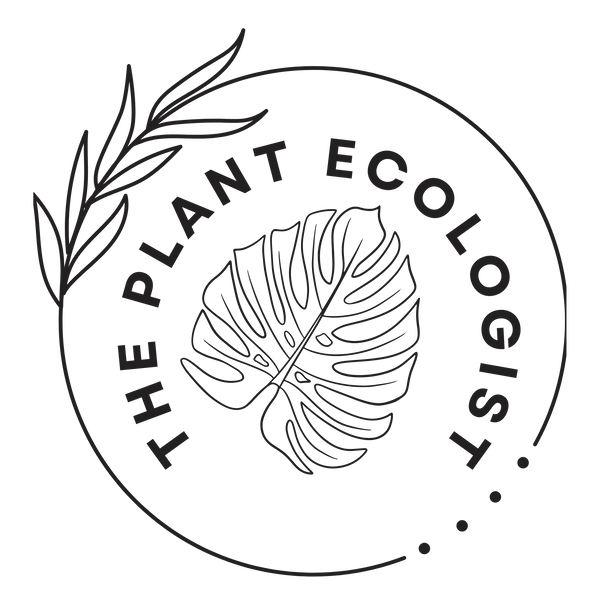In the lush landscapes of Wilmington, North Carolina, one can find an array of plants, each with its own story and ecological significance. Among these, native plants hold a special place. But what exactly makes a plant "native," and why is Wilmington considered a biodiversity hotspot? This article delves into these questions, unraveling the beauty and importance of native plants and endemic species in this region.
What are Native Plants?
Native plants are species that have evolved and adapted to a specific geographical area over thousands of years. They form a fundamental part of the local ecosystem, coexisting harmoniously with other local flora and fauna. Unlike introduced species, which are brought from other regions either intentionally or accidentally, native plants are naturally occurring in their environment.
Defining Endemic Species
The term "endemic" takes the concept of nativity a step further. Endemic species are not just native; they are unique to a specific place and found nowhere else in the world. These species have adapted to their local environment's very specific conditions, making them extraordinarily special but also often more vulnerable to changes in their habitat.
Wilmington, North Carolina: A Biodiversity Hotspot
Wilmington, North Carolina, is celebrated as a biodiversity hotspot due to its unique geographical location and varied habitats. This region is where several ecosystems converge, including coastal, riverine, and terrestrial environments. Such diversity in habitats leads to a high degree of biodiversity, particularly in terms of native and endemic plant species.
Reasons for Wilmington's Rich Biodiversity:
- Geographical Location: Wilmington's proximity to the Atlantic Ocean and the Cape Fear River creates a unique environment that supports a variety of plant life.
- Variety of Habitats: From coastal dunes to wetlands and forests, the range of habitats in Wilmington supports diverse plant communities.
- Climate: The temperate climate of the region, with its mild winters and warm summers, is conducive to the growth of a wide range of plant species.
Native plants are crucial for several reasons:
- Ecosystem Balance: They play a key role in maintaining the ecological balance, providing food and habitat for local wildlife.
- Environmental Resilience: Native plants are adapted to local soil, climate, and other environmental conditions, making them more resilient to changes and extreme weather patterns.
- Cultural Significance: Many native plants have historical and cultural significance for indigenous and local communities.
Conserving Native and Endemic Species
The conservation of native and endemic plants is vital for maintaining biodiversity. Urban development, climate change, and the introduction of invasive species pose significant threats to these plants. Efforts to conserve them include creating protected natural areas, promoting native gardening among residents, and conducting research on local flora.
Wrapping it up...
Understanding and appreciating the native plants of Wilmington, North Carolina, is not just about recognizing their beauty but also about acknowledging their integral role in the local ecosystem. As residents or visitors, we can all contribute to the preservation of this rich biodiversity by learning about and respecting these native and endemic species. Whether it's through participating in local conservation efforts or simply choosing to plant native species in our gardens, every action counts towards preserving the natural heritage of Wilmington for future generations.

